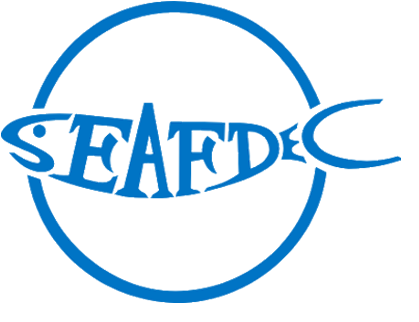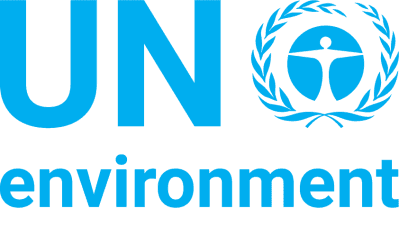Background & Situation Menu
Status and Trends in Fisheries and their Habitats Threats, root causes and barrier analysis Institutional, sectoral and policy context Stakeholder mapping and analysis Baseline analysis and gaps Known Areas of Critical Significance to the Life-Cycles of Fisheries Resources Priority Fisheries Refugia Areas




Establishment of Fisheries Refugia in Viet Nam:
Background and Situation Analysis to Support
Stakeholder mapping and analysis
Living marine resources in Viet Nam are common property and managed by the government. Access to resources is open to all individuals and organizations that qualify for a fishing license. According to government regulations, all boats larger than 0.5 tonnes require a license prior to fishing. The licenses for coastal waters (6 miles from the shore for the Gulf of Tonkin and southern waters; and 3 miles from the shore for waters of the central region) are valid for 12 months. Licenses for near-shore waters are valid for 24 months. Nearshore waters are defined from the outer boundary of the coastal water area boundary to the depth strata of 30 m in the Gulf of Tonkin and southern waters and to the depth strata of 50 m for waters of the central region. Licenses for fishing in the offshore area are valid for 36 months. Fishing boats with an engine capacity greater than 90 hp are not permitted to fish in coastal and nearshore waters. Some gears like trawl push net, beach seine, and gears using artificial light to attract fish (except squid handline) are banned in the coastal waters.
Fisheries in Viet Nam are mainly small scale. Most boats operate in water less than 50 m deep. A large number of boats from the central region fish in the Gulf of Tonkin or southern waters for extensive periods. Being aware of high fishing pressure in coastal areas the government has recently encouraged fishers to redirect fishing effort towards offshore waters and resources, with soft loans and tax reduction incentives. As a result, there has been much new large fishing entering Viet Nam’s offshore fisheries. However, a number of these larger boats have been observed fishing in coastal and nearshore areas. In fact, with few patrol boats and staff, the enforcement forces ineffectively control fishing activities in Viet Nam’s EEZ. The open-access nature of Viet Nam’s fisheries severely hinders resource and habitat conservation efforts and highlights the need for effective engagement with stakeholders.
Stakeholders in Vietnam’s fishing sector include:
Fisherfolk: The most important stakeholders in capture fisheries are the fishers. The fishery sector is considered an important source of employment due to the large amount of primary and secondary jobs created in fisheries. According to the national strategy for the fisheries sector, fisheries should create around 4 million jobs.
State-owned fishing enterprises: Generally, the state-owned enterprises own large fishing boats. Traditionally, these enterprises have played a leading role in fisheries. However, since the introduction of the market economy, these enterprises have lost their competitiveness. Many of them have now discontinued their activities.
Fishing cooperatives: After 1985, most fishing cooperatives were disbanded due to poor effectiveness. In 1997, some new cooperatives were re-established for obtaining loans from financial institutions. Fishing cooperatives play a useful role in fisheries management, as the government can efficiently introduce its policies or management measures to fishers through this system.
Fishing groups: Due to the large amounts of capital required to purchase fishing boats and gear, fishers tend to create fishing groups. People in fishing groups can receive support from others in a very flexible way. Since 1985, the number of groups has rapidly increased.
Private business: The private business approach to capture fisheries is the most popular in Viet Nam. Many fishers own private fishing boats, requiring less than 5 crew. Others may own more than one boat or larger boats requiring more than 5 employees. Some people make capital investments in large boats, with the capacity to operate at sea for extended periods. These people may have several large boats operating as part of a larger fleet.